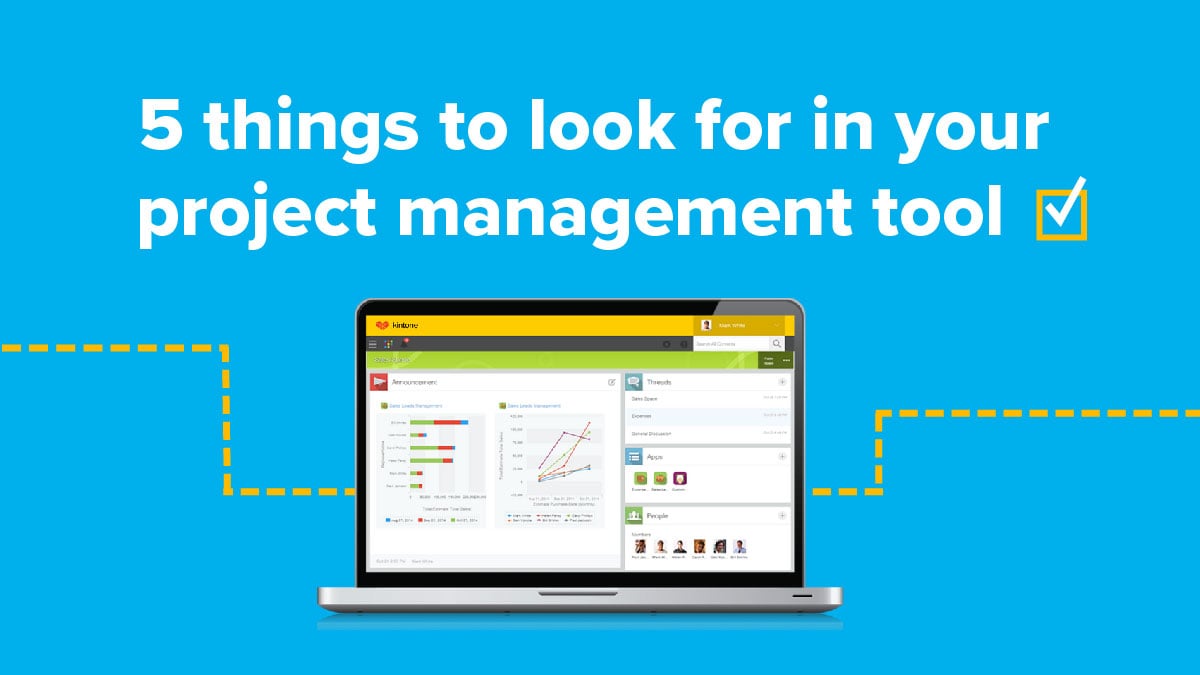As you settle back into the work flow after the holidays, now's the perfect time to reexamine some old habits weighing you and your team down. Practiced with regularity, these three easy tips will help you create clarity, save time and increase efficiency.
1. Spend less time in your email
If you're like most people, you probably spend a lot of time responding to emails, checking for project updates and accepting invites to meetings. Adobe Systems reported that U.S. workers spend about six hours a day, or around 30 hours during the work week, checking their inbox alone. While many businesses still run heavy email-driven processes, it leaves less time for you and your team to focus on projects.
To make the most out of your email, you could start by setting a timer for 15 minutes. When it goes off, then it’s time to get out and switch back to your other work.
And if you haven't set email filters or made inbox labels yet, it's worth dedicating some time to do so. It will help you to instantly differentiate emails by priority to know which emails need responding to first, saving you an hour or more a day.
"Batching" is another efficient strategy for minimizing distractions to stay focused on projects. Simply set a regular time, like the start or end of day, to respond and delete your emails all at once.
More tips on how to spend less time in your email.
2. Schedule uninterrupted "make time"
Whatever your role, scheduling "make time" in half unit blocks during the day aids those "fuzzy" projects requiring extra concentration. Scheduling meetings in the middle of this creation time, even if they're short, can be disruptive.
Research shows that when you set aside chunks of make time on specific days and set specific goals, you're more likely to accomplish those tasks within deadline. But you'll want to plan accordingly.
In an internal email turned viral post, the head of product marketing at Google Apps shared how energy runs the course of a wave throughout the week. He suggests planning your schedule like this:
Monday: Energy ramps out of the weekend — schedule low demand tasks like setting goals, organizing and planning.
Tuesday, Wednesday: Peak of energy — tackle the most difficult problems, write, brainstorm, schedule your Make Time.
Thursday: Energy begins to ebb — schedule meetings, especially when consensus is needed.
Friday: Lowest energy level — do open-ended work, long-term planning and relationship building
Read the rest of his advice on efficient scheduling.
3. Do more with less
It's easy to feel like a monkey jumping from branch to branch when you're switching back and forth between email, chat clients, CRM tools and your files to complete a project. Add that on top of cumbersome processes and huge methodologies that try to predict every possibility, clouding an project's true purpose.
Simplicity, on the other hand, allows project managers to focus on what’s important while bringing greater clarity and guidance in everyday decision-making. Jerry Manas, author of several organizational project and resource management books, suggests these six tools for simplifying project management:
1. Create checklists instead of forms, templates, and stage gates. Checklists can reduce errors without adding red tape and extensive approvals or oversight.
2. Try "process summits" to enable everyone on your team to clearly see redundancies and inefficiencies when looking at the whole system.
3. Instead of a suggestion box, implement a get-rid-of-it bin where people can make suggestions for removing processes, forms or meetings that they feel are wasteful.
4. Make brand strategy a priority, which fosters a focused and customer-oriented mindset.
5. Create service standards to give people simple priorities by which to operate and make decisions.
6. Promote inclusion to increase the likelihood of purposeful documents, greater buy-in, and active engagement.
About the Author
Nicole is Director of Marketing at Kintone, with 10+ years experience in content strategy, campaign management, lead acquisition and building positive work cultures of empowered, purpose-driven team members. She spent seven years as a journalist, previously serving as a CBS San Francisco digital producer, NPR contributor, Patagon Journal deputy editor and reporter for several publications, including the Chicago Tribune. She's passionate about the tech for good space, social entrepreneurship and women leadership. On the weekends, you’ll likely find her putting her Master Gardener skills to use in at community gardens in Oakland.











